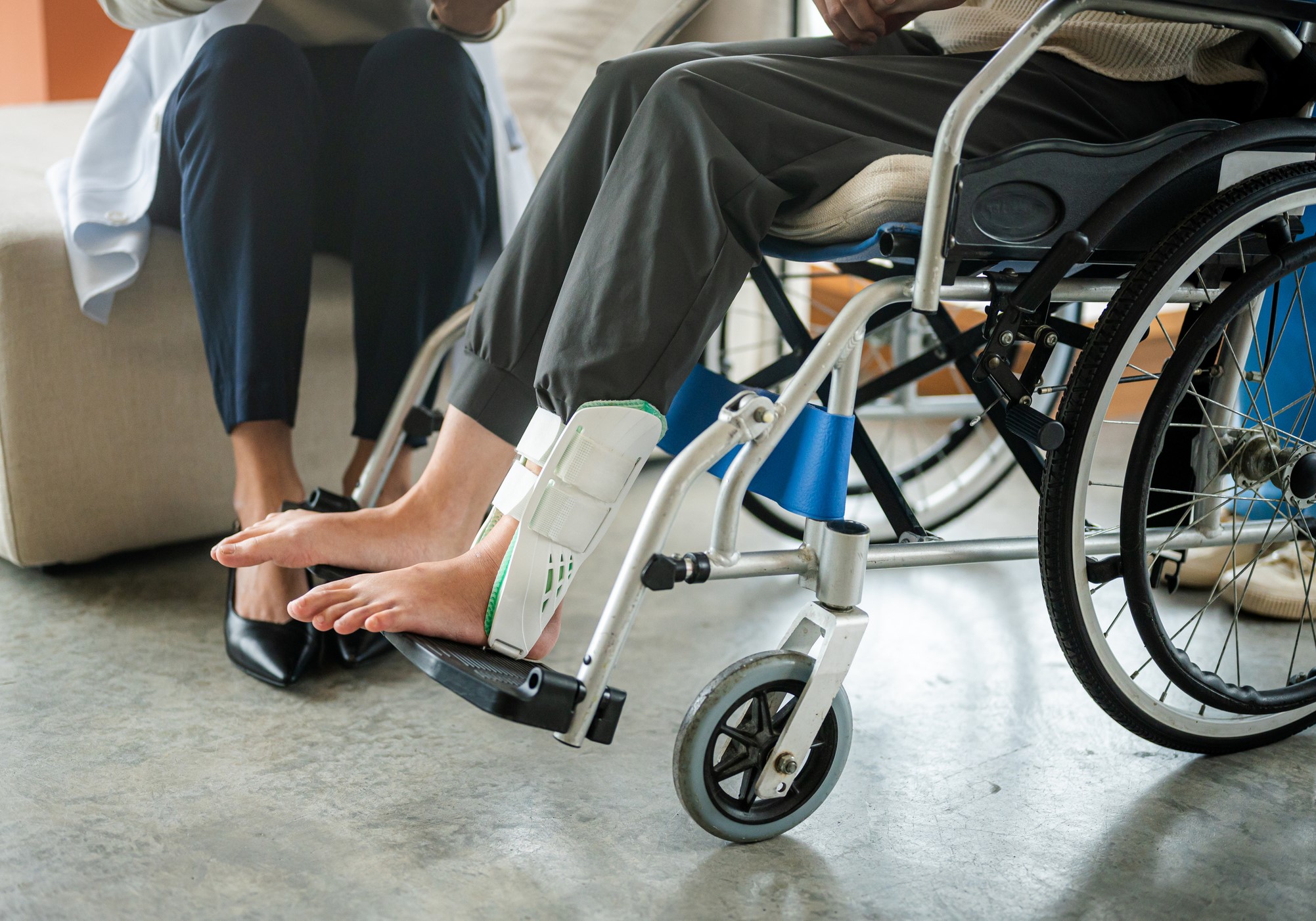What Spirit Airlines’ Recent Travel Debacle Can Teach Us About Listening to Risk Managers
In recent weeks, I watched in fascination as Spirit Airlines canceled thousands of flights. To understand the disruption, we have to know something about the business model of airlines. Frequent flyers know that airlines have four categories of customers:
- Big Front Seat. On international flights, passengers fly in small compartments where food and sleep can provide a rested arrival at a distant destination.
- Premium. A comfortable journey with legroom, hot food and minor privileges.
- Economy Plus. A few extra inches of seat and leg room and another passenger on only one side.
- Standard. A seat between two people with tight spacing that can only be eased by Prozac on a long flight.
On Spirit Airlines, Big Front Seat, Premium, and Standard are just like business, economy and cattle on other airlines. Sort of.
I started two reservations for a mid-September flight from Atlanta to Oakland.
- Spirit Airlines. My round trip was quoted at $158. I could upgrade to a Big Front Seat for another $50 to $250. Unfortunately, none were available. The flight had only 8 BFSs out of its 182 seats.
- Delta Airlines. I could fly in different categories. Basic for $255, Main for $335, Comfort for $665, or First for $1,335. Basic was likely a middle seat. Main apparently did not qualify for some reason as Comfort. Based on the price, First was twice the price as Comfort, but was it twice as comfortable
I thought, Spirit will save me money. Or would it?
I was told I only paid for what I wanted. If that included luggage, it would be another $50 or so per bag. If I wanted to reserve a seat in advance, another $50. For $10, a reservation agent would print my boarding pass at the airport. Other charges were possible.
I was going alone so I did not have to worry about paying an additional $150 if I took along my favorite furry friend in a pet carrier.
But wait a minute. Delta is seven hours’ travel time with one connection. Spirit has a six-hour layover in Las Vegas. Maybe money isn’t everything.
From this foundation, we can assess the Spirit disruption. The CEO blamed it on a combination of bad weather, staffing shortages and technology outages. Really?
- Bad Weather. Are we supposed to believe the airline did not know that summer schedules must work around storms?
- Staffing Shortages. Human relations doesn’t tell operations about hiring and training conditions? Managers don’t reduce the number of scheduled flights when it has a shortage of pilots?
- Technology Outages. Whose fault is this since no network failures or hacking incidents occurred?
Essentially, the CEO did not identify the root cause of the disruption:
- Why? — Tens of thousands of customers suffered pain and more.
- Why? — As many as 50% of flights were canceled on a single day.
- Why? — Because pilots, crew and staff were not ready to take off.
- Why? — Because nobody was looking to see an obvious risk.
- Why? — Because Spirit Airlines does not have, or is not listening to, risk managers.
A good risk manager sniffs around looking for irregularities that need to be identified and eliminated. The Spirit airlines fare structure is like the tip of an iceberg. The goal is to give the appearance of a low fare while creating a complex maze to be navigated by a potential passenger. It is only a small step to know that other areas of its business model need a risk management rework.
I can’t do that now. I need to book a flight from New York to Jackson Hole (JAC), Sacramento (SMF), and back to New York.
Travelocity offered me flights through Chicago and Denver to JAC. Sixteen hours of flying time. A few days later, it would be 11 hours from JAC to SMF. Eight hours back to New York sounds like a blessing.
I don’t know what to do. Maybe I’ll check out Spirit Airlines. &










